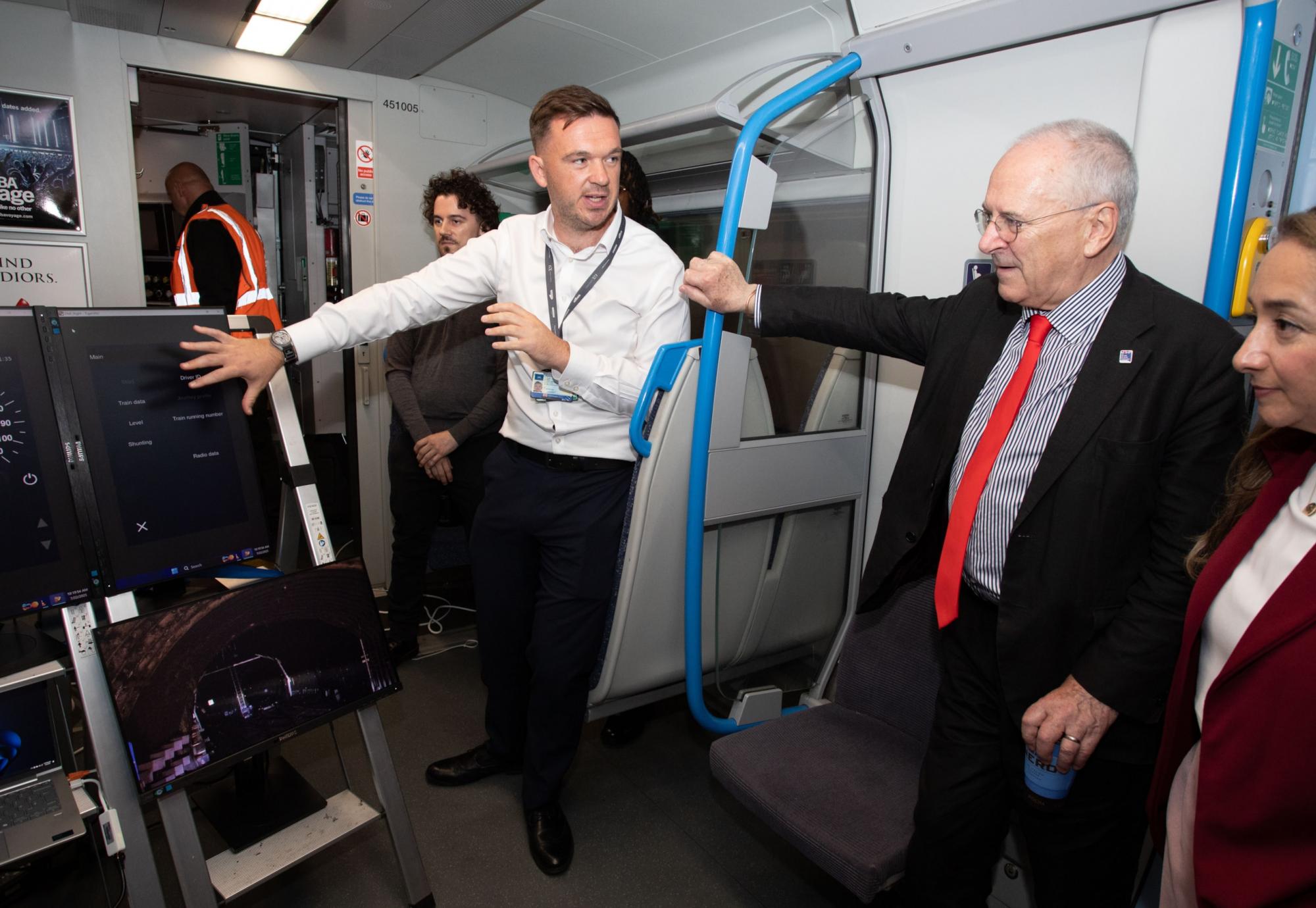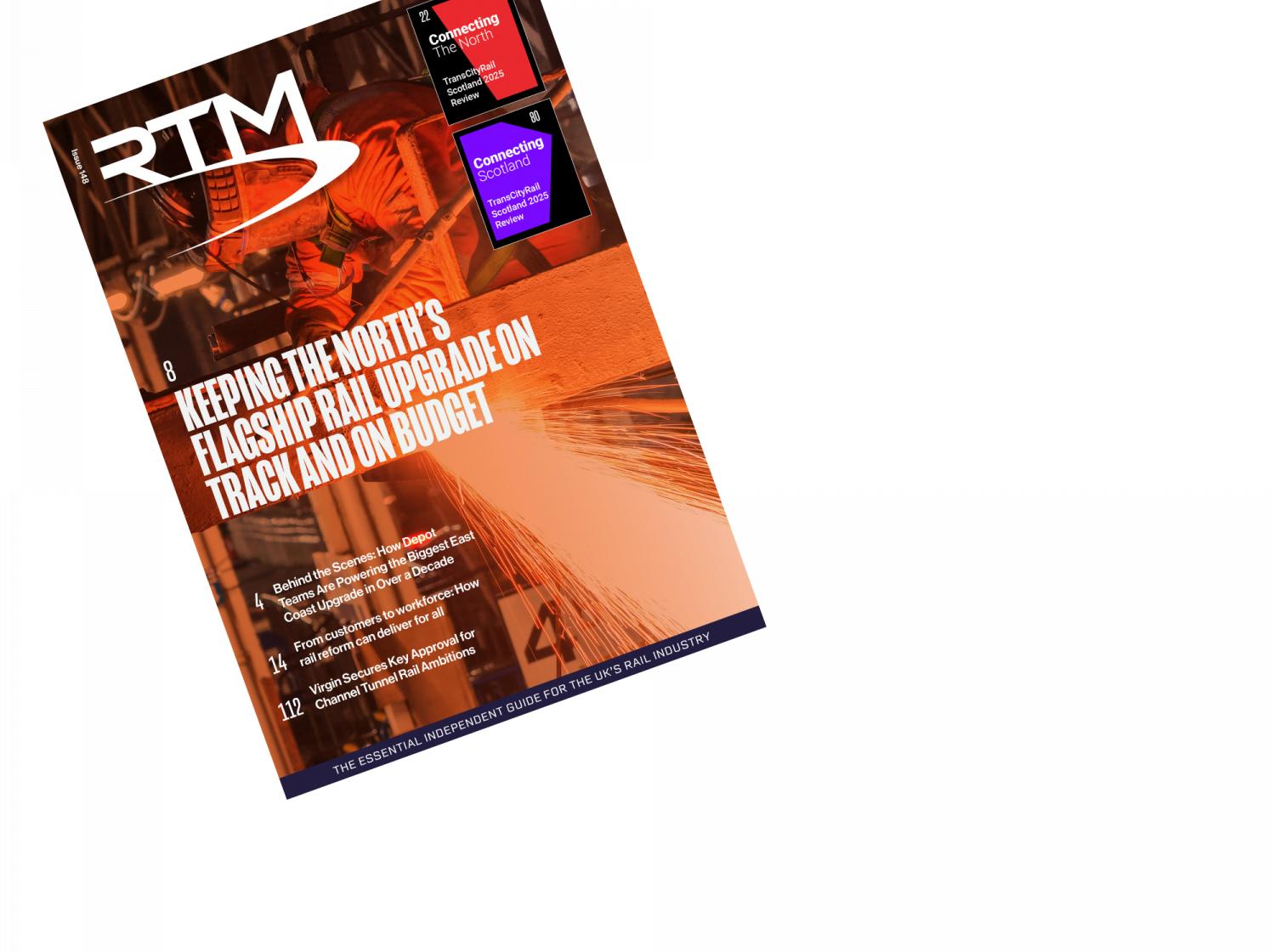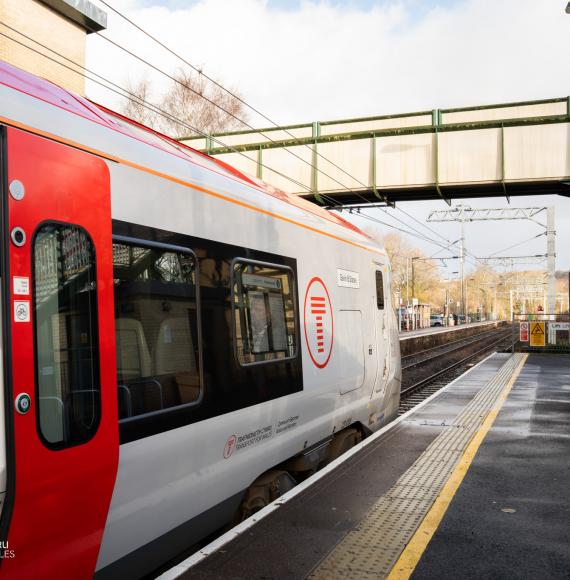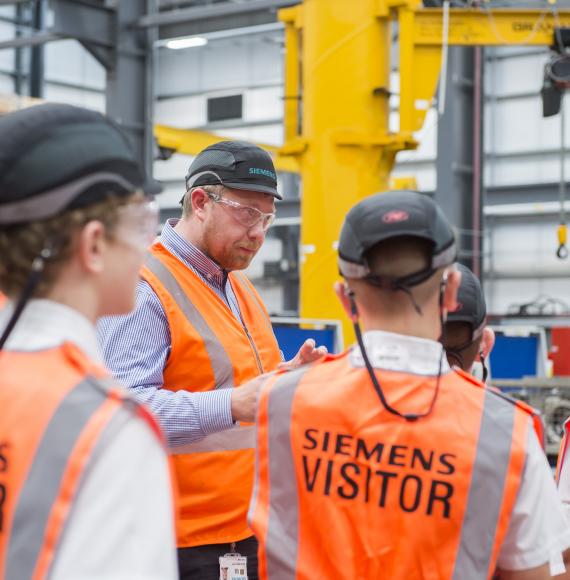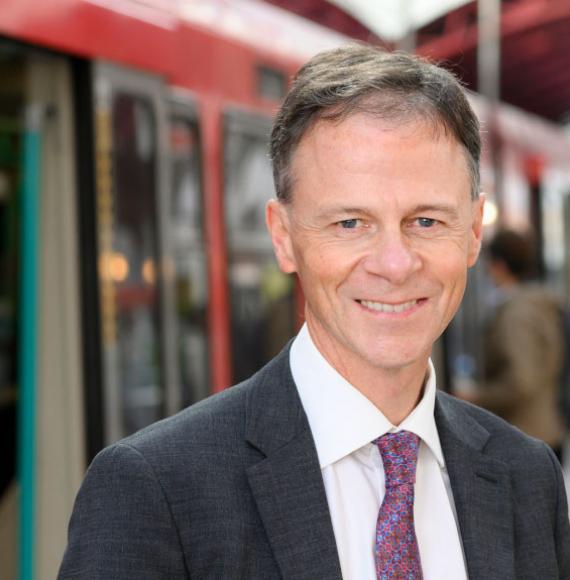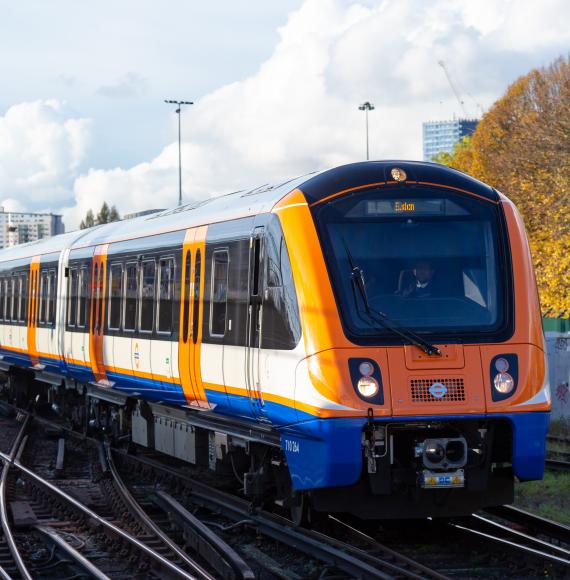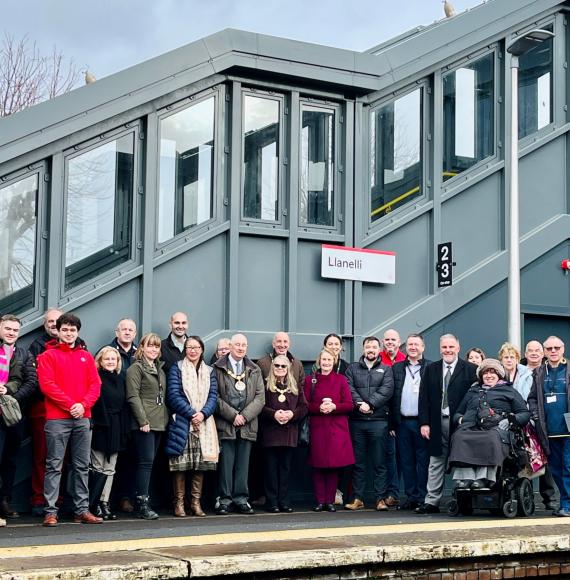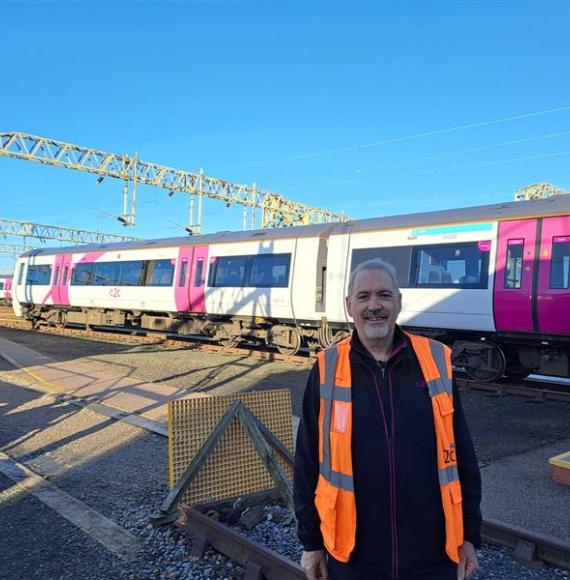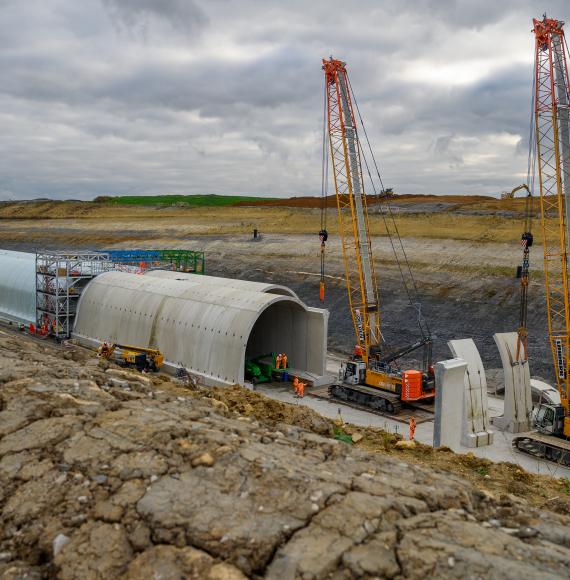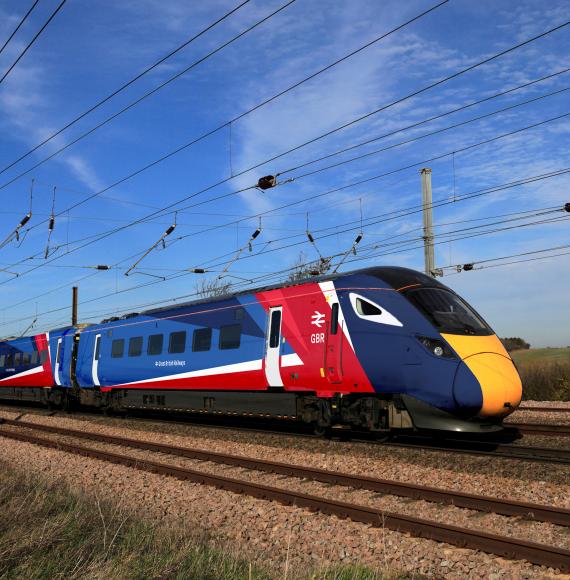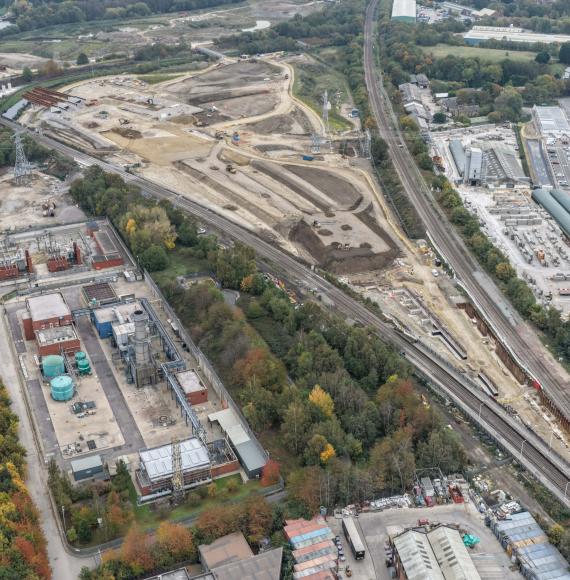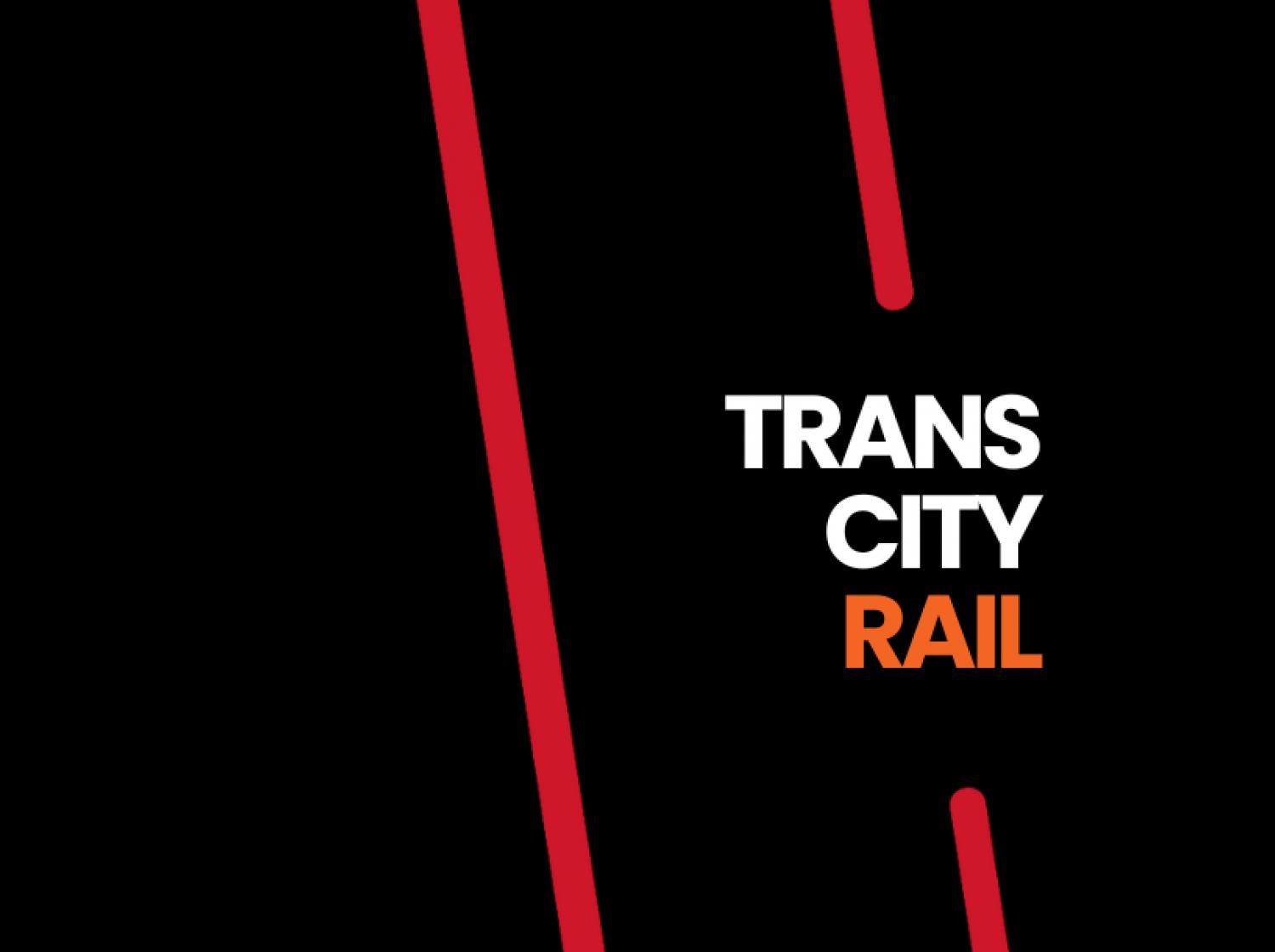Rail Minister Lord Hendy has hailed a major milestone in British rail travel as the Great Northern ‘Northern City Line’ becomes the first commuter railway in the UK to operate without traditional trackside signals.
During a cab ride from Moorgate to Finsbury Park, Lord Hendy experienced the cutting-edge digital in-cab signalling system firsthand. This innovation is part of the £1.4 billion government-backed East Coast Digital Programme (ECDP), which recently saw the removal of lineside signals in its first phase.
The new system, known as the European Train Control System (ETCS), delivers real-time speed and distance information directly to the driver via an in-cab display. This digital upgrade enhances reliability, cuts carbon emissions, and is expected to improve punctuality for passengers.
Lord Hendy was joined by senior rail industry leaders and Feryal Clark MP, Minister for AI and Digital Government, to mark the occasion. The project’s success reflects a strong collaborative effort across the rail sector and showcases a new delivery model that could shape the future of rail innovation under Great British Railways (GBR).
The visit also included updates on the broader ECDP rollout, which aims to bring digital signalling to the East Coast Main Line next year and eventually expand across the national network.
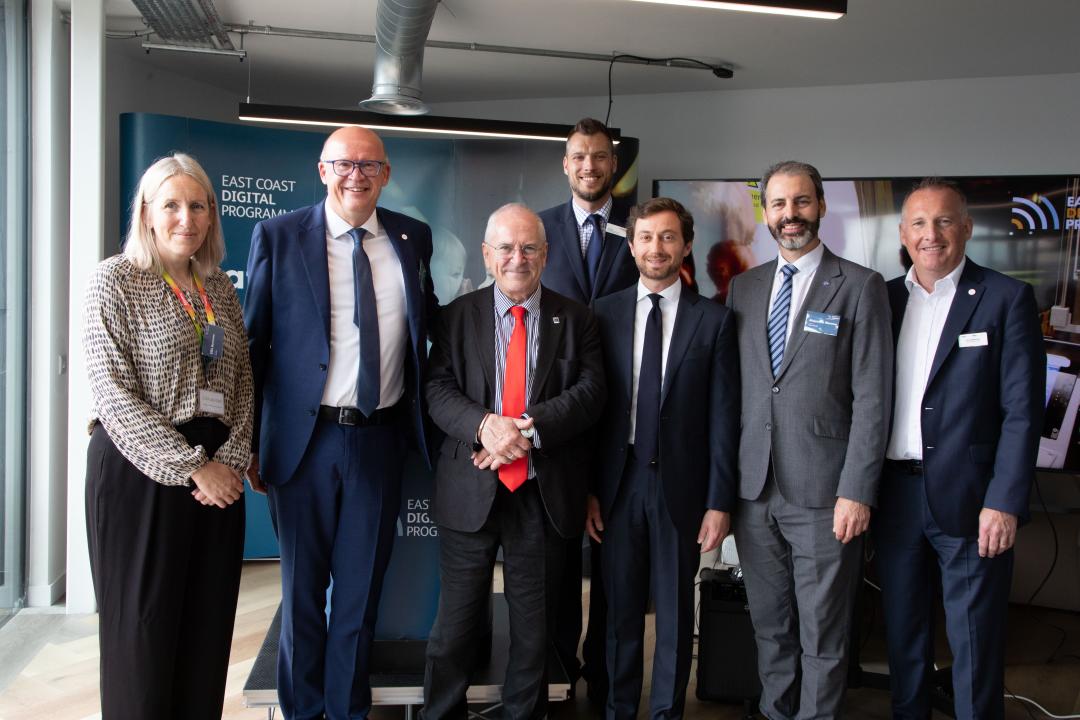
Rail Minister Lord Hendy said: “Thanks to £1.4 billion of government funding, as part our Plan for Change, we are bringing our railways into the 21st century and beyond.
“Digital signalling is not only more cost effective, but even safer, more resilient and greener than traditional signalling.
“Great British Railways will put passengers back at the heart of our transport network. This government is investing in technology that will increase railway capacity and reduce delays by up to a third, enhancing connectivity to deliver economic growth, jobs and homes.”
Toufic Machnouk, managing director, GBRX, said: “The success of the Northern City Line pathfinder is an important step in the wider Digital Railway Masterplan. It sets a benchmark for how we modernise the network and lays the groundwork for how we deliver innovative technology that improves the railway for people through GBRX.”
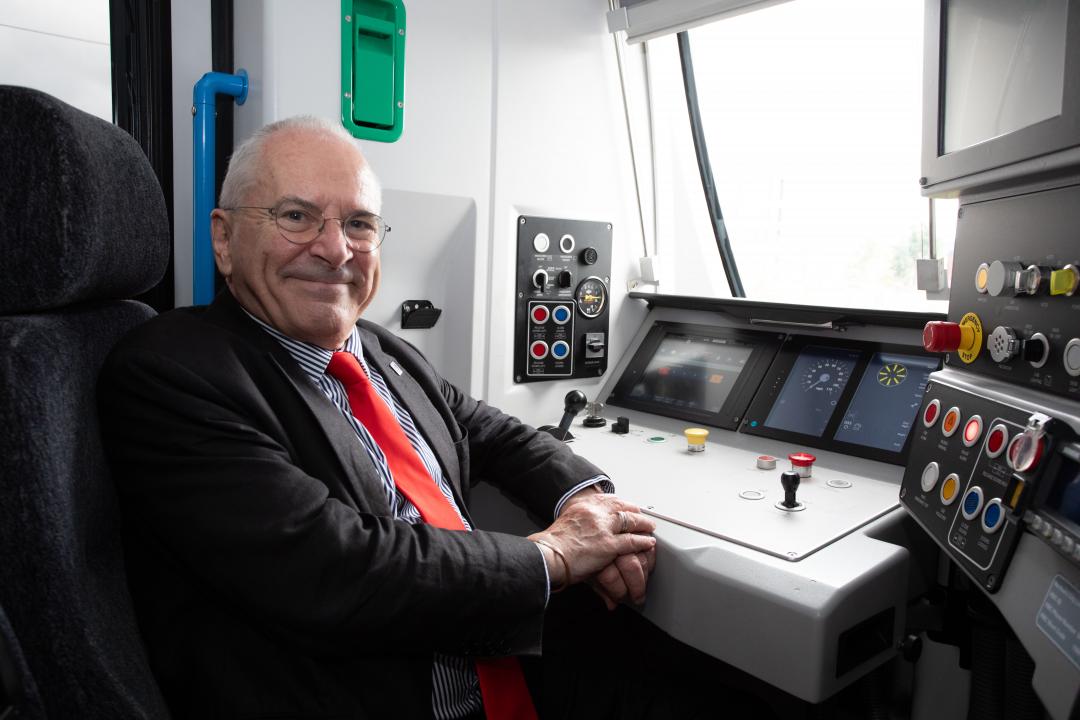
Ellie Burrows, Network Rail’s managing director, Eastern region, said: “This shift from traditional signals to digital control on such a busy commuter route is a huge achievement, and today has been a chance to celebrate bringing in the next generation railway in this year of Railway 200. I would like to thank our signallers, controllers, maintainers and all who have worked with our industry partners to make this change possible.”
John Whitehurst, chief operating officer at Govia Thameslink Railway, said: “We’re incredibly proud to be operating the country’s first signals-free, digitally-controlled commuter railway. It’s working well and improving performance. This achievement is a huge testimony to the hard work put in by our team here at GTR and the close collaboration with our industry partners.”
Rob Morris, joint CEO and managing director, rail infrastructure and software, Siemens Mobility UK&I, said: "By bringing track and train together through our digital technology, we are helping to transform rail travel and transport. Our Siemens Class 717 trains are the first passenger fleet to operate with ETCS digital signalling that we’re delivering on this programme, marking a revolutionary shift from lineside signals to digital in-cab systems.”
Image credits: Network Rail

